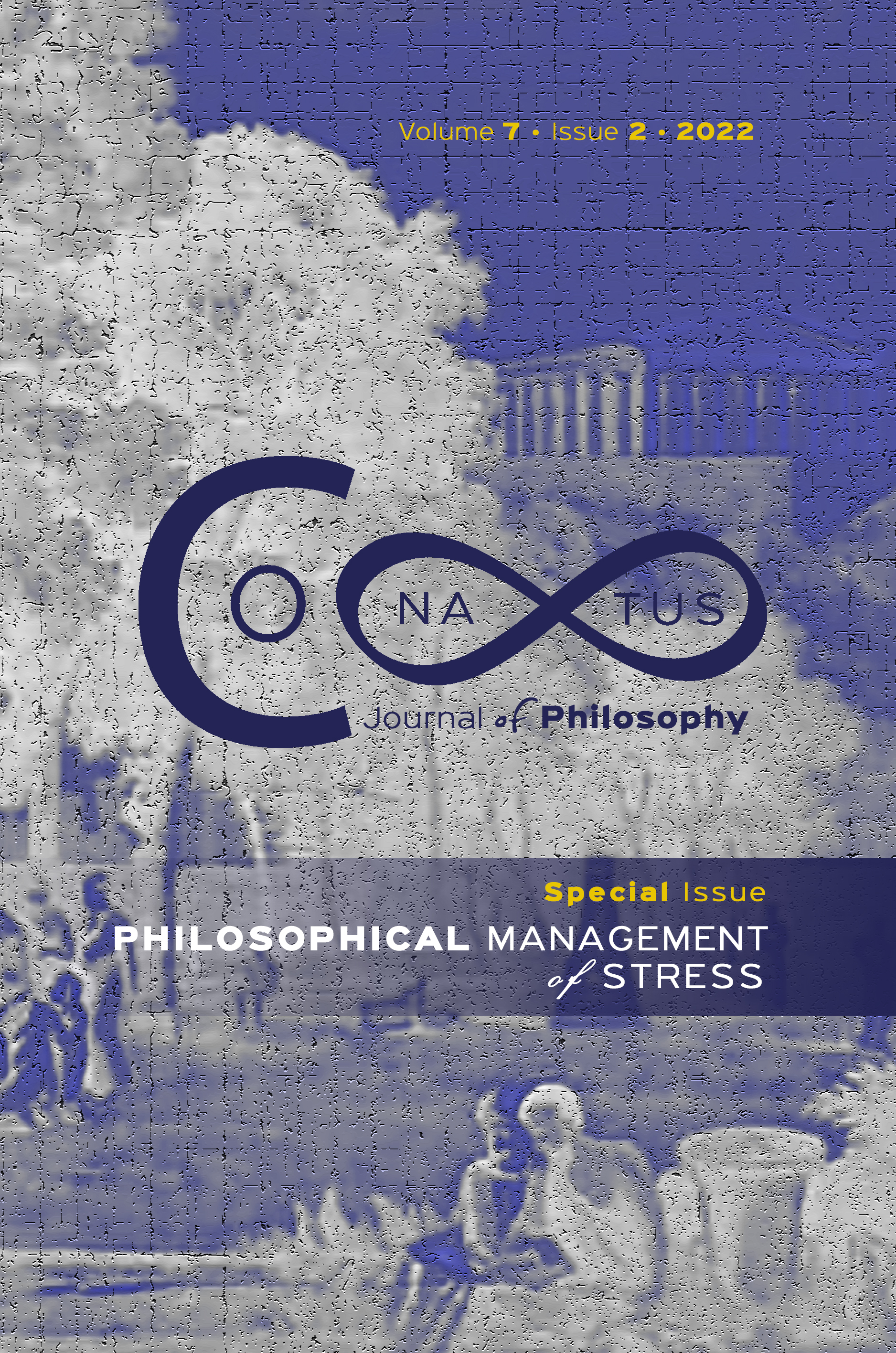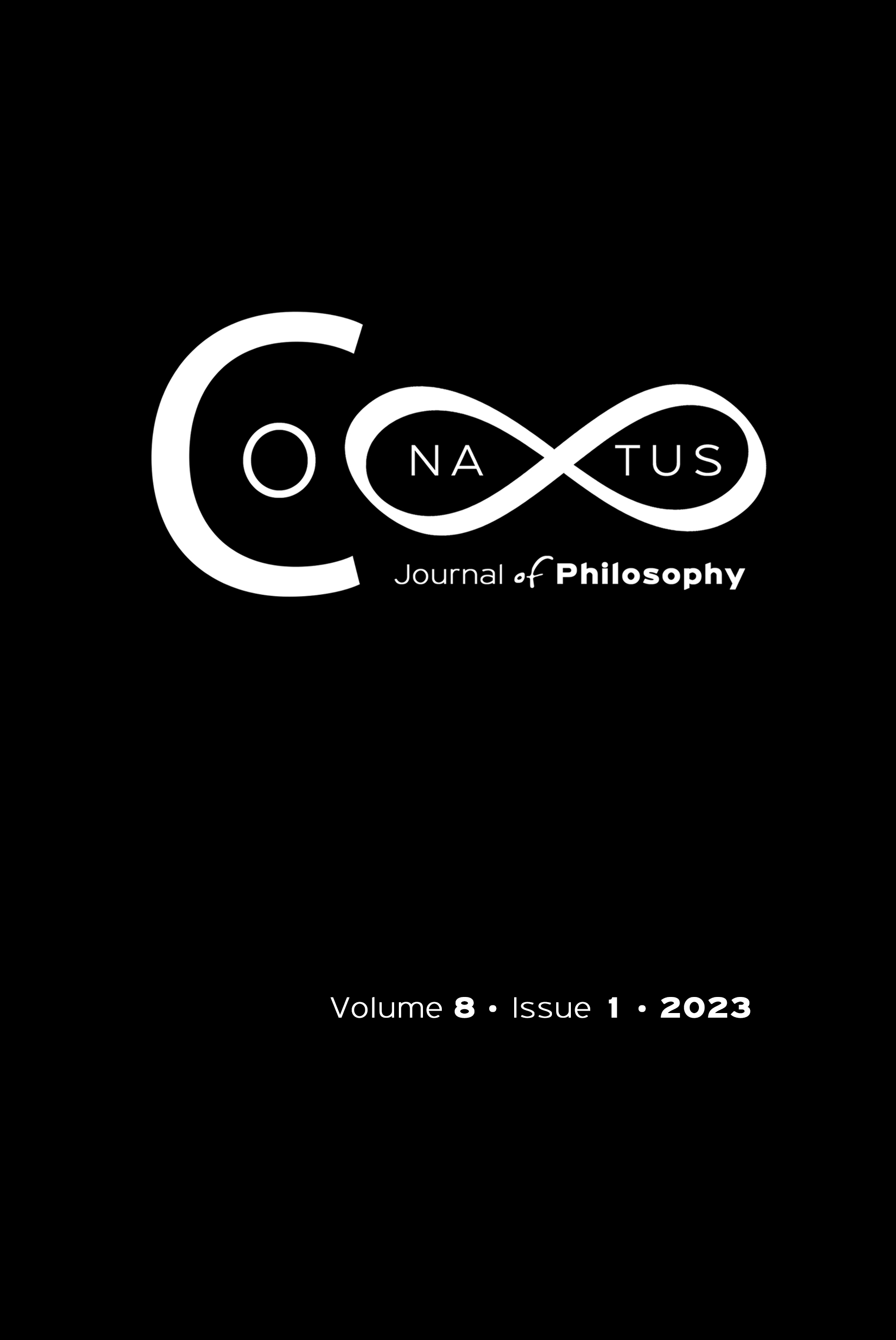Pornography and Stress

Abstract
Pornography, especially in its compulsive form of viewing, is closely linked to ways of managing and reducing stress. Pornographic realism, which is the contemporary form of pornographic representation, is based on technological innovations such as photographic and digital recording of sexual reality. The description of the character of the two forms of recording demonstrates the historical development of pornographic realism. Moving away from pure psychology, we can discern in the field of human sciences the specificity of the relations between pornography and stress reduction through the distinction between the Principle of Pleasure (Lustprinzip) and the Principle of Reality (Realitätsprinzip) at the collective level or otherwise in the space of the co-being (Mitsein). On the other hand, the distance of sexual need from hunger and the plasticity of the former makes pornography a practicable way of dealing with the contradictions of ordinary existence. In sum, the above articulation explains how pornography makes the world of sexual satisfaction go hand in hand with coping with and managing stress.
Article Details
- How to Cite
-
Arabatzis, G. (2022). Pornography and Stress. Conatus - Journal of Philosophy, 7(2), 143–156. https://doi.org/10.12681/cjp.31971
- Section
- Articles

This work is licensed under a Creative Commons Attribution-NonCommercial 4.0 International License.
Authors who publish with this journal agree to the following terms:
Authors retain copyright and grant the journal right of first publication with the work simultaneously licensed under a Creative Commons Attribution Non-Commercial International License (CC BY-NC 4.0) that allows others to share the work with an acknowledgement of the work's authorship and initial publication in this journal.
Authors are able to enter into separate, additional contractual arrangements for the non-exclusive distribution of the journal's published version of the work (e.g. post it to an institutional repository or publish it in a book), with an acknowledgement of its initial publication in this journal.
Authors are permitted and encouraged to post their work online (preferably in institutional repositories or on their website) prior to and during the submission process, as it can lead to productive exchanges, as well as earlier and greater citation of published work.






